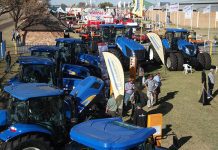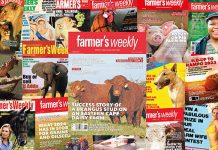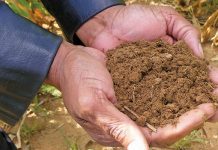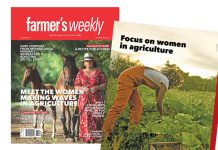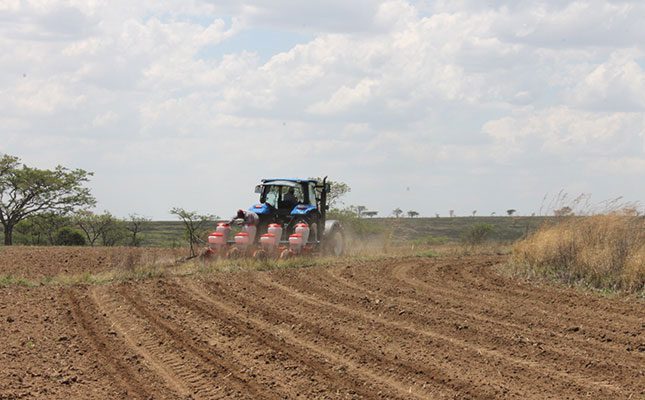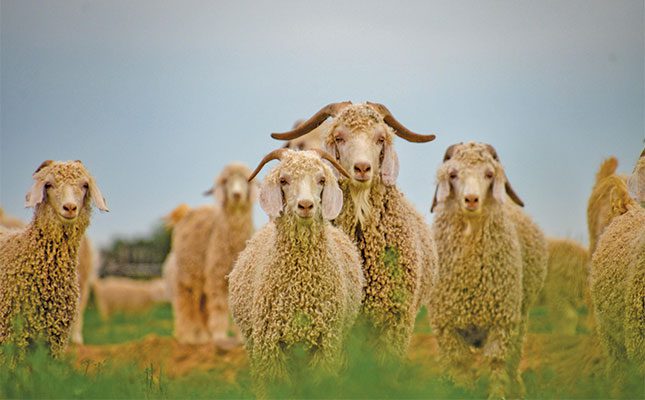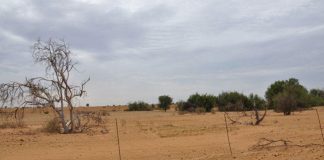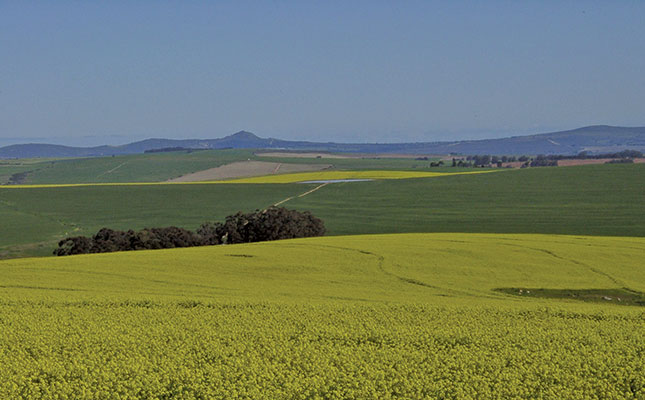
Both these publications offer a sobering view of the future characterised by a slowdown in demand and price increases for most agricultural commodities.
But, as one reader asked me recently, what is the real value of these big-picture outlooks for the farmer on the ground?
If an outlook predicts high prices for horticultural products, but low prices for grains, for example, how does a farmer, who has few options for diversifying either because of geographical considerations or a lack of access to capital, water and land, use this knowledge to his or her advantage?
My advice to this farmer is to use well-researched and trusted agricultural outlooks as the kind of tool they were meant to be – not a crystal ball, but an instrument for managing risk.
The future is always uncertain, especially in a sector such as agriculture where the picture can change overnight due to a particularly severe and widespread hailstorm.
But researchers are able to predict, with a fair degree of accuracy, those trends that will most likely affect food demand and price in future.
Nonetheless, just because an outlook predicts healthy growth in the price and demand of a certain product, a farmer might not be able to respond to this. A wheat farmer in the Swartland cannot simply convert to sugar cane, just as a sugar cane farmer probably cannot convert to deciduous fruit production.
All things considered, the wisest option is to stick to those products that offer comparative advantage given the size of the farm and the area.
If it is at all possible, consider geographical diversification. If the product you are producing has a particularly depressed outlook, for example, think about converting partially to another type of farming also suited to your operation.
Also consider off-farm investments in agribusiness and companies trading in those commodities that have positive long-term outlooks.
The only thing you shouldn’t do is remain ignorant of the future when there are ample resources available to help you plan.


